Farmers are contacting the Irish Farmers Journal relating severe difficulties encountered following the installation of robotic milking systems.
Their difficulties are not confined to any one robotic manufacturer or agency.
The farmers include both established dairy farmers who switched from parlour milking and new entrants. What they have in common is that they are using robot milkers in conjunction with outdooor grazing systems.
Farmers who spoke to the Irish Farmers Journal report that the problems seem to occur from the very start. They are more than just the expected teething problems when training cows to come to the robot 2.5 times a day to be milked.
Until recently, individual farmers suffering issues with robotic milking on a grazing platform believed that they were the only ones, but now some farmers are beginning to connect with each other.
They are reporting cows not wanting to come in to be milked. This leaves farmers, spending hours every day bringing reluctant cows to the robot unit.
On a farm with a larger herd where there are multiple robot units, if one robot breaks down temporarily, the others can ensure cows are still milked.
However where only one robot is installed, as one farmer put it: “all our eggs are in the one basket”. It seems cows can become unsettled with the robot, and problems escalate.
Hugely popular
Robotic milking systems were initially developed primarily for indoor dairy operations.
Since their introduction in the 1990s, they have become incredibly popular in Europe, particularly in the Netherlands and Denmark. Ireland was one of the first countries to pioneer robotic milkers in outdoor grazing systems.
The EU supported Autograssmilk research project involving six European countries, including Irish farmers and Teagasc Moorepark. Hundreds of farmers have installed robot systems at this stage, with an increasing proportion working in conjunction with outdoor grazing platforms.
The TAMS alone showed 360 applications to install robots from 2015 to mid-2019. This compared to 2,289 TAMS applications for herringbone parlours, and 74 for rotary parlours.
The vast majority of farmers are happy with their investment in robots. While a high-cost system, it offers clear lifestyle and labour requirement advantages. However, for those farmers who ran into early significant difficulty, can their problems be resolved?
Stories circulate of farmers removing robots, but these are second-hand reports and are difficult to substantiate. There are some cows on every farm that won’t take to the robot, whether it’s temperament, udder shape or teat alignment.
However, where the problems are deeper, is it the fault of the farmer, the cows, or in some cases, are faulty or poorly installed or maintained machines a core factor?




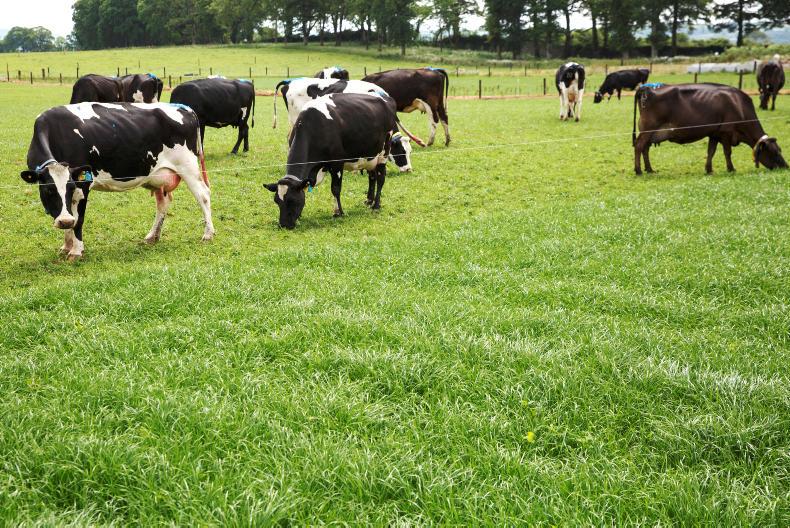
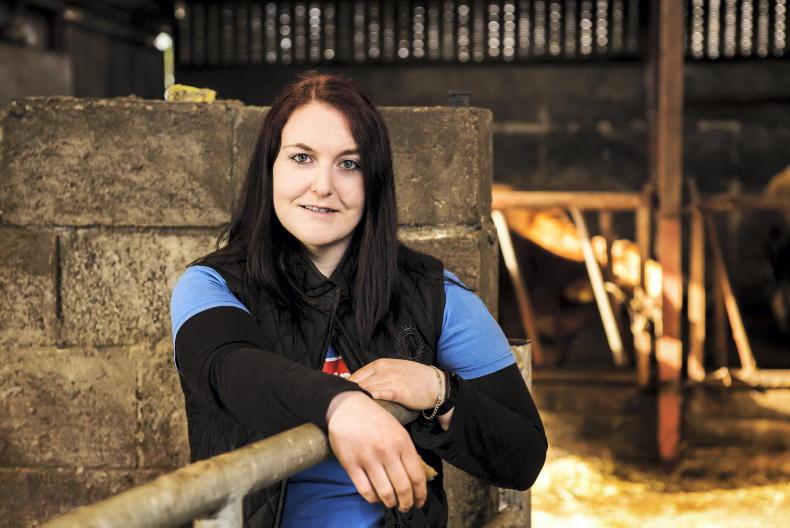

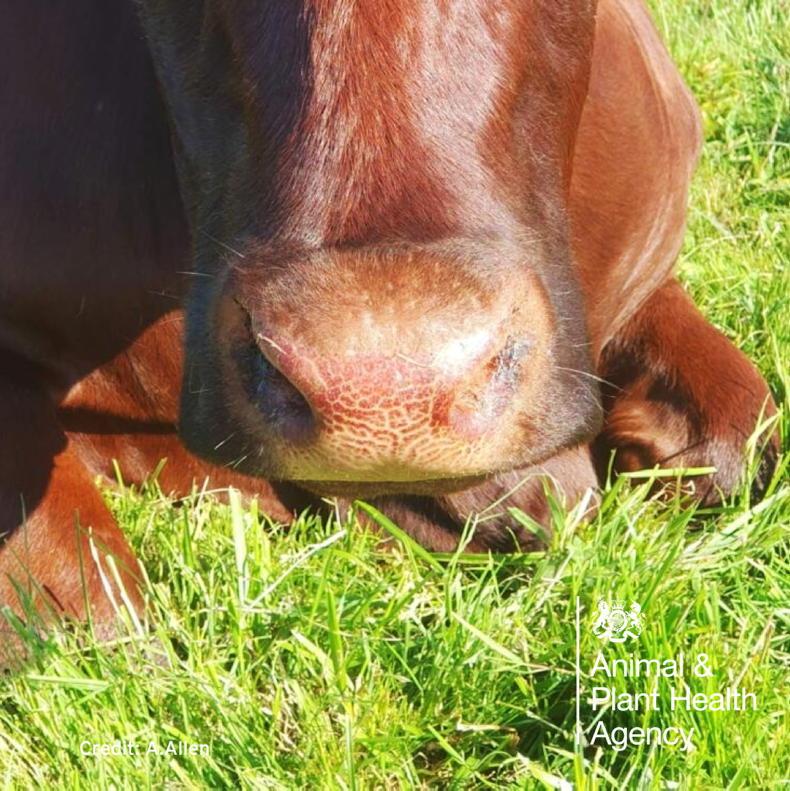
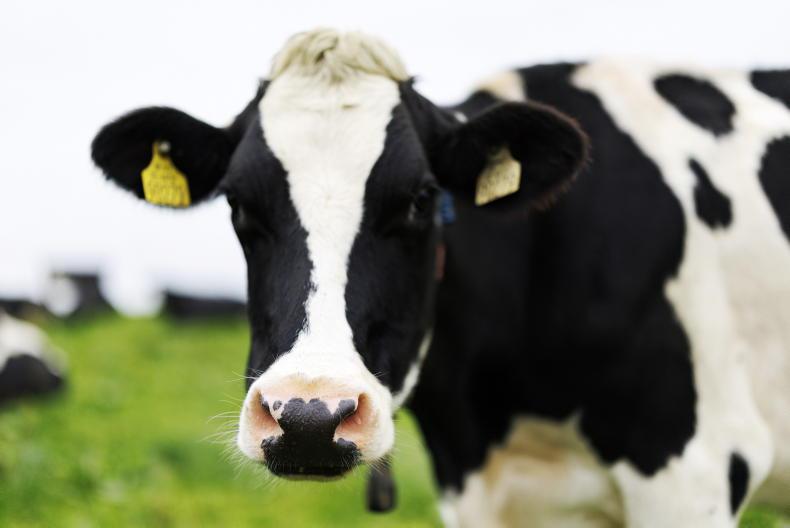
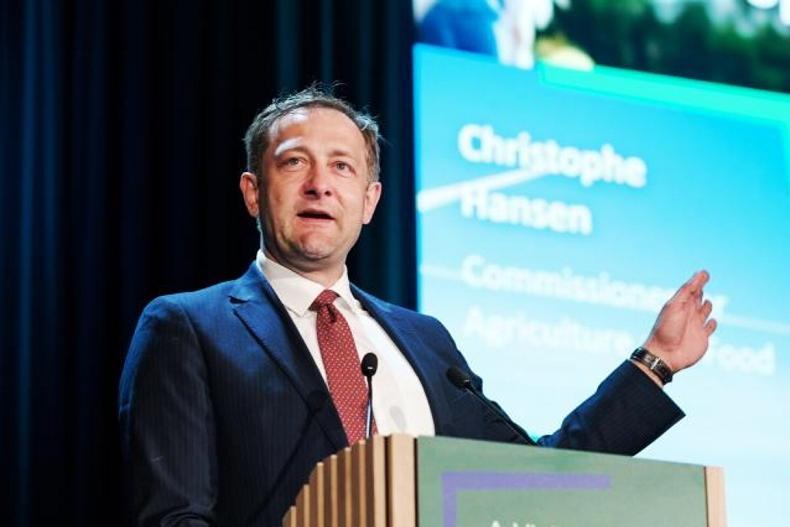
SHARING OPTIONS